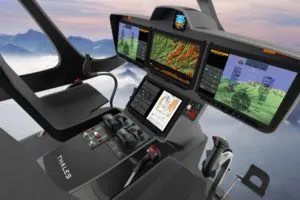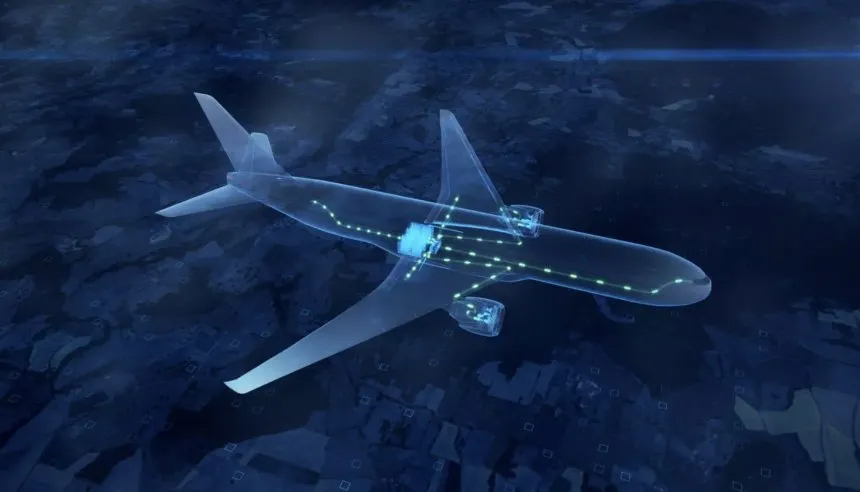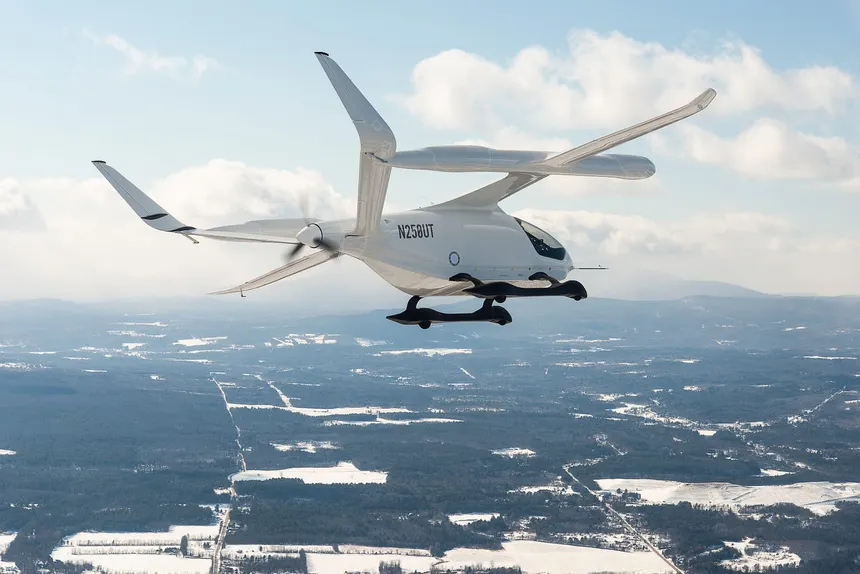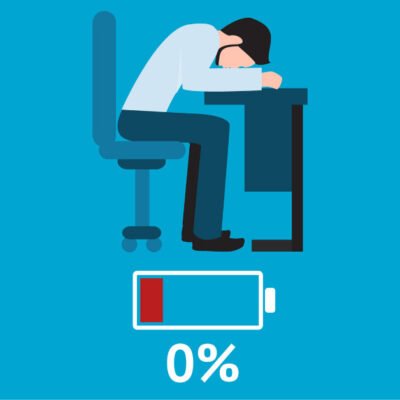A New Era of Air Travel
The electric aviation industry is undergoing a major transformation, shifting from traditional jet fuel-powered aircraft to electric planes. With concerns about climate change, carbon emissions, and rising fuel costs, electric aviation is emerging as the future of sustainable air travel. Experts believe that within the next decade, we will witness groundbreaking advancements that will change the way we fly forever.

Why Electric Aviation Matters
The aviation industry contributes nearly 2-3% of global carbon emissions. As air travel continues to grow, the demand for cleaner and more efficient alternatives has never been greater. Electric aviation offers several advantages:
- Lower Carbon Footprint: Electric aircraft produce zero emissions, reducing the aviation industry’s environmental impact.
- Cost-Effective Travel: Electricity is cheaper than jet fuel, making flights more affordable for passengers and airlines.
- Reduced Noise Pollution: Electric planes are quieter, leading to less disruption for communities near airports.
- Energy Efficiency: Electric propulsion systems are more efficient than traditional combustion engines.
The Current State of Electric Aviation
Although electric aviation is still in its early stages, companies and governments are investing heavily in research and development. Here are some of the key players working towards making electric flights a reality:
1. Major Companies Investing in Electric Planes
- Airbus: Developing hybrid-electric aircraft and exploring fully electric options.
- Boeing: Partnering with startups to create innovative electric propulsion systems.
- Eviation Aircraft: Their prototype, Alice, is one of the world’s first all-electric passenger planes.
- Rolls-Royce: Investing in battery technology and electric propulsion.
- NASA: Developing experimental electric aircraft under its X-57 Maxwell project.
2. Key Electric Aircraft in Development
- Eviation Alice: A fully electric, nine-passenger aircraft designed for regional travel.
- Heart Aerospace ES-30: A hybrid-electric plane with a range of 200 km in full-electric mode.
- Lilium Jet: A vertical takeoff and landing (VTOL) electric aircraft for urban air mobility.
- Pipistrel Velis Electro: The first electric aircraft certified for commercial use.

Challenges Facing Electric Aviation
While electric aviation has enormous potential, several challenges need to be overcome before widespread adoption:
1. Battery Technology Limitations
- Current battery technology is not as energy-dense as jet fuel, limiting flight range.
- Charging infrastructure needs to be developed at airports worldwide.
- Battery weight is a significant issue, as heavy batteries reduce aircraft efficiency.
2. Regulatory and Safety Hurdles
- Aviation authorities like the FAA and EASA must create new safety regulations for electric aircraft.
- Pilots and maintenance crews need specialized training.
- Certification processes for new electric aircraft take years to complete.
3. High Development Costs
- Research and development require billions of dollars in investment.
- Airlines may be hesitant to replace their existing fleets due to high initial costs.
- Government incentives and subsidies are needed to accelerate the transition.

The Future of Sustainable Air Travel
The next decade will be crucial in shaping the future of electric aviation. Here are some key trends to watch:
1. Hybrid-Electric and Hydrogen-Powered Planes
- Hybrid-electric aircraft, which combine traditional engines with electric propulsion, will be a stepping stone toward fully electric planes.
- Hydrogen-powered planes, like Airbus’s ZEROe concept, could provide an alternative to battery-powered aircraft.
2. Urban Air Mobility and Electric Air Taxis
- Companies like Joby Aviation and Archer are developing electric vertical takeoff and landing (eVTOL) aircraft for short urban commutes.
- Air taxis could revolutionize city transportation, reducing congestion and travel time.
3. Sustainable Aviation Fuel (SAF) and Alternative Energy Sources
- While electric aviation is still developing, sustainable aviation fuel (SAF) is being used as an interim solution to cut emissions.
- Biofuels, synthetic fuels, and hydrogen fuel cells are being explored as alternative energy sources for aviation.
Conclusion: A Sustainable Future for Aviation
Electric aviation is no longer a futuristic concept—it is becoming a reality. While there are challenges to overcome, advancements in battery technology, government support, and industry innovation are driving the push toward sustainable air travel. In the coming years, we can expect to see more electric aircraft in commercial operation, bringing us closer to a cleaner and greener future in aviation.
The Future of Smart Homes and Home Automation: What’s Coming Next?





